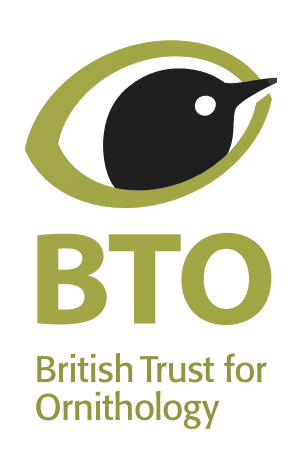Great Blue Heron
Ardea herodias (Linnaeus, 1758)
1230

Family: Pelecaniformes > Ardeidae

A larger version of our Grey Heron, this is an extremely rare visitor from North America, where it is a very widespread and familiar bird.
Identification
Develop your bird ID skills with our training courses
Our interactive online courses are a great way to develop your bird identification skills, whether you're new to the hobby or a competent birder looking to hone your abilities.
Browse training coursesStatus and Trends
Population size and trends and patterns of distribution based on BTO surveys and atlases with data collected by BTO volunteers.
DISTRIBUTION
This species is a rare vagrant and was recorded during Bird Atlas 2007–11 as shown on the map.
More from the Atlas Mapstore.
Occupied 10-km squares in UK
| No. occupied in winter | 1 |
| % occupied in winter | 0.03 |
DISTRIBUTION CHANGE
This vagrant is too rarely reported to map distribution change.
Movement
Information about movement and migration based on online bird portals (e.g. BirdTrack), Ringing schemes and tracking studies.
RINGING RECOVERIES
View a summary of recoveries in the Online Ringing Report.
Biology
Lifecycle and body size information about Great Blue Heron, including statistics on nesting, eggs and lifespan based on BTO ringing and nest recording data.
PRODUCTIVITY & NESTING
Sample sizes are too small to report Productivity and Nesting statistics for this species.
CODES & CLASSIFICATION
Field Codes 
|
5-letter code: | Euring: 1230 |
For information in another language (where available) click on a linked name
Links to more studies from ConservationEvidence.com
- Response of birds to grazing of riparian zones
- Introduction of rudd Scardinius erythropthalmus as food for bitterns Botaurus stellaris at Titchwell Marsh RSPB reserve, Norfolk, England
- Electric fencing reduces heron predation at Northeastern trout hatcheries
Read more studies about Great Blue Heron on Conservation Evidence >
Would you like to search for another species?





Share this page